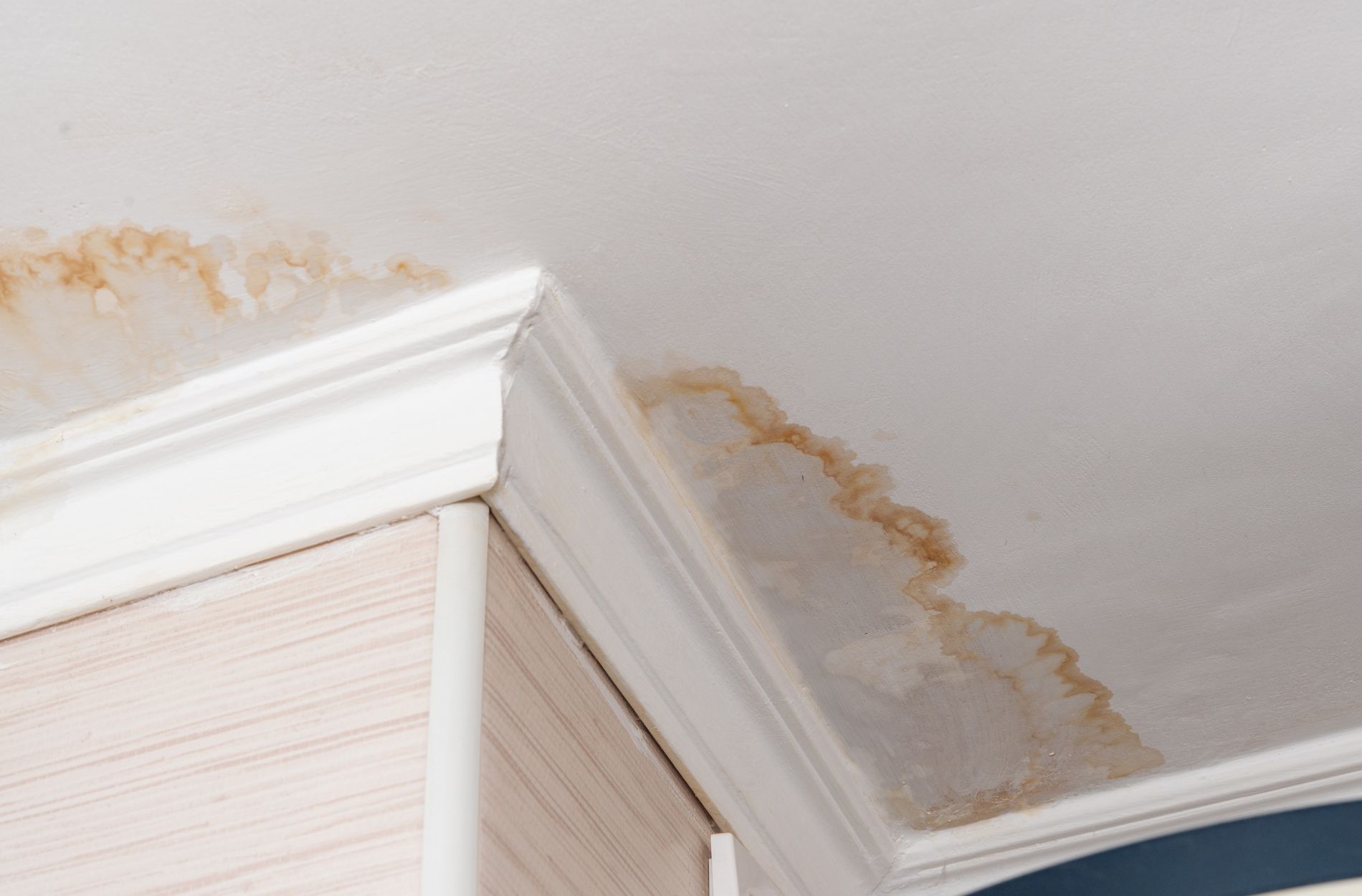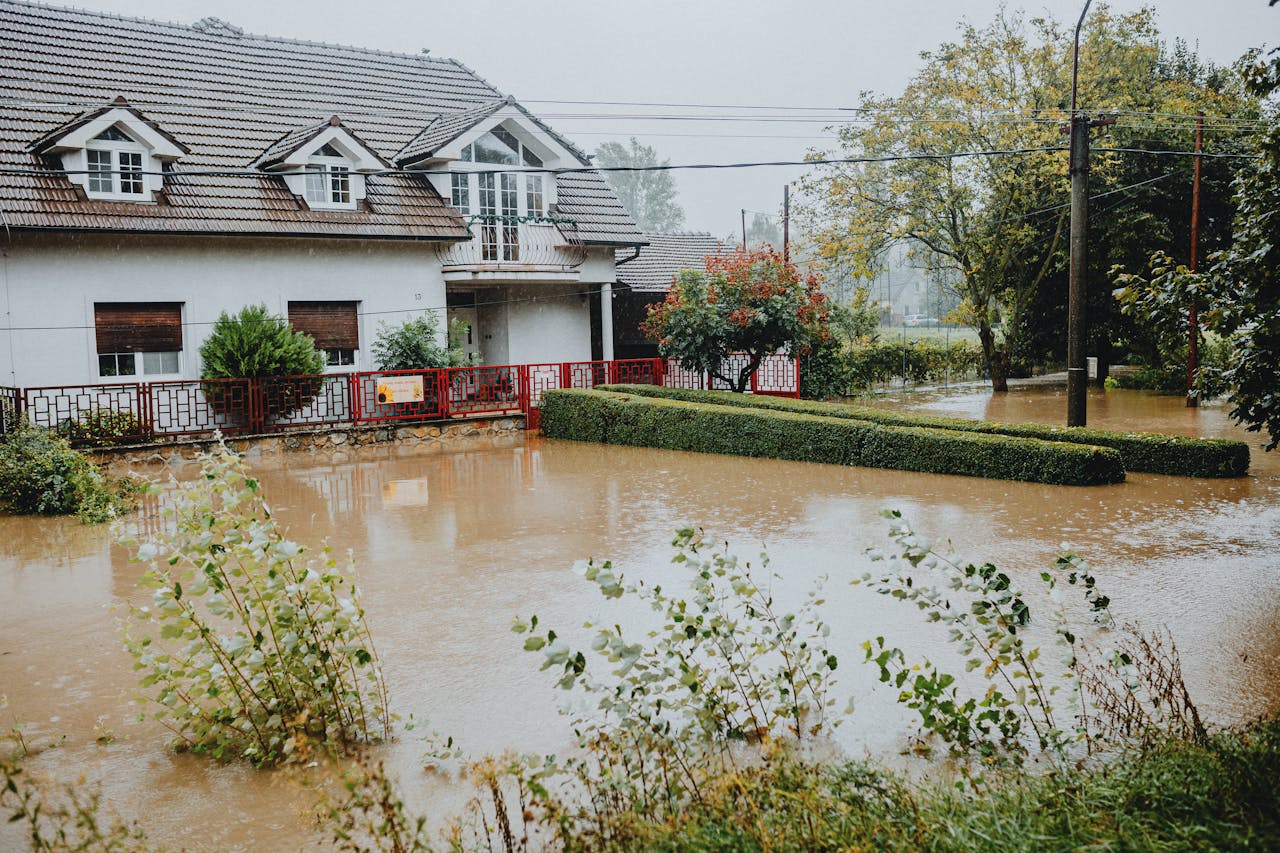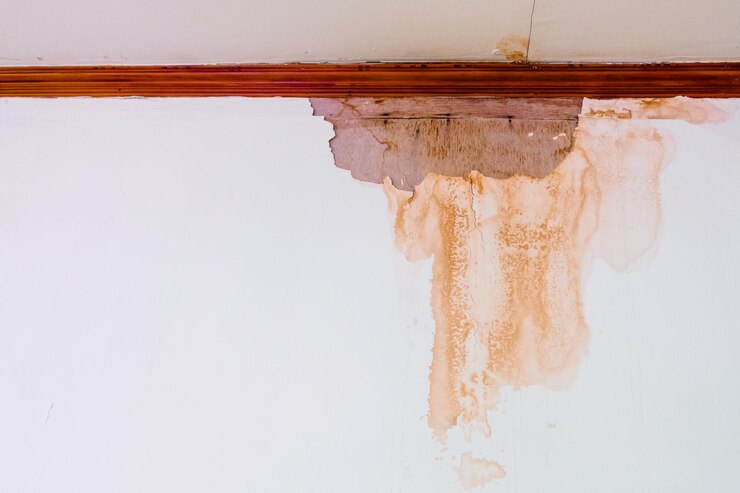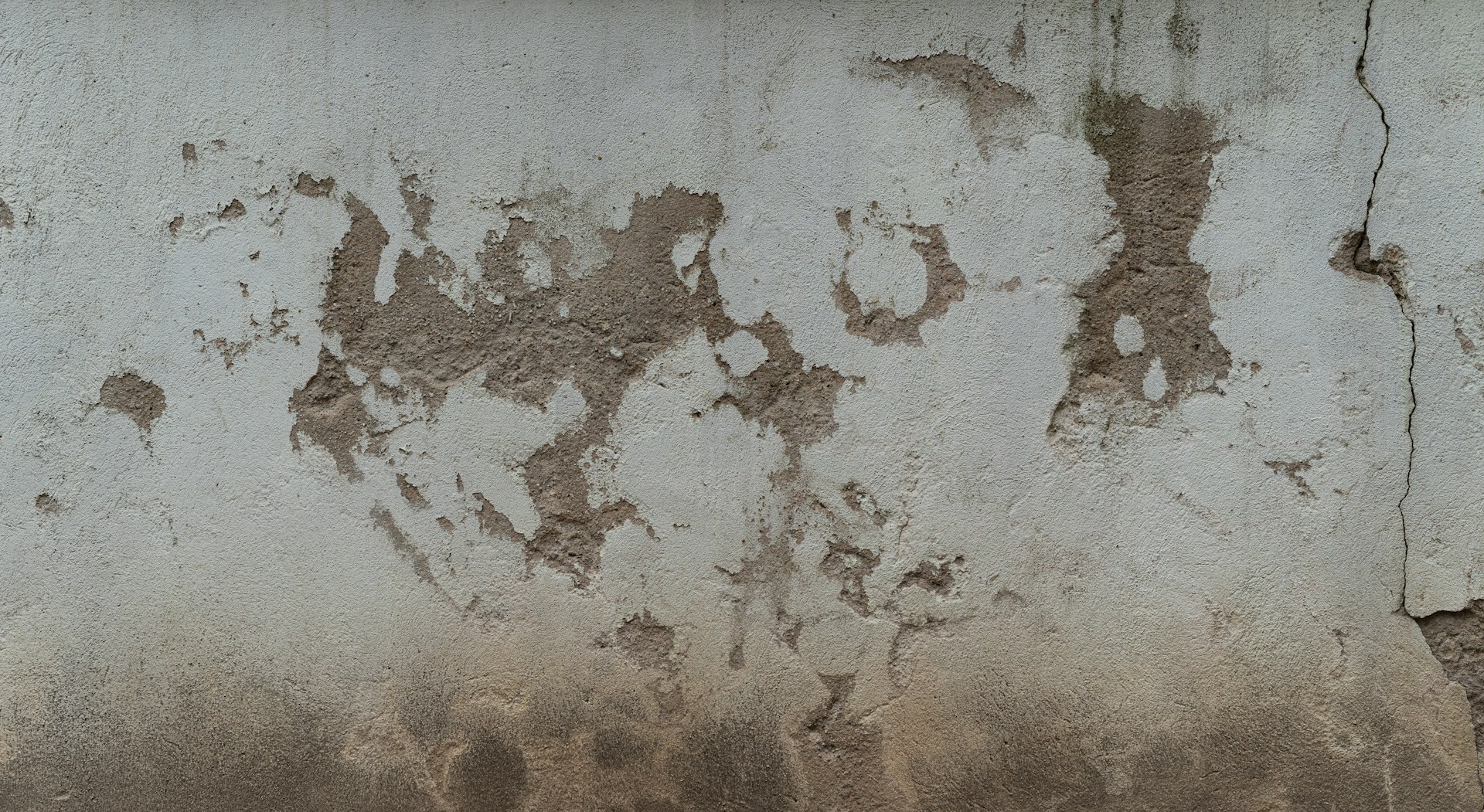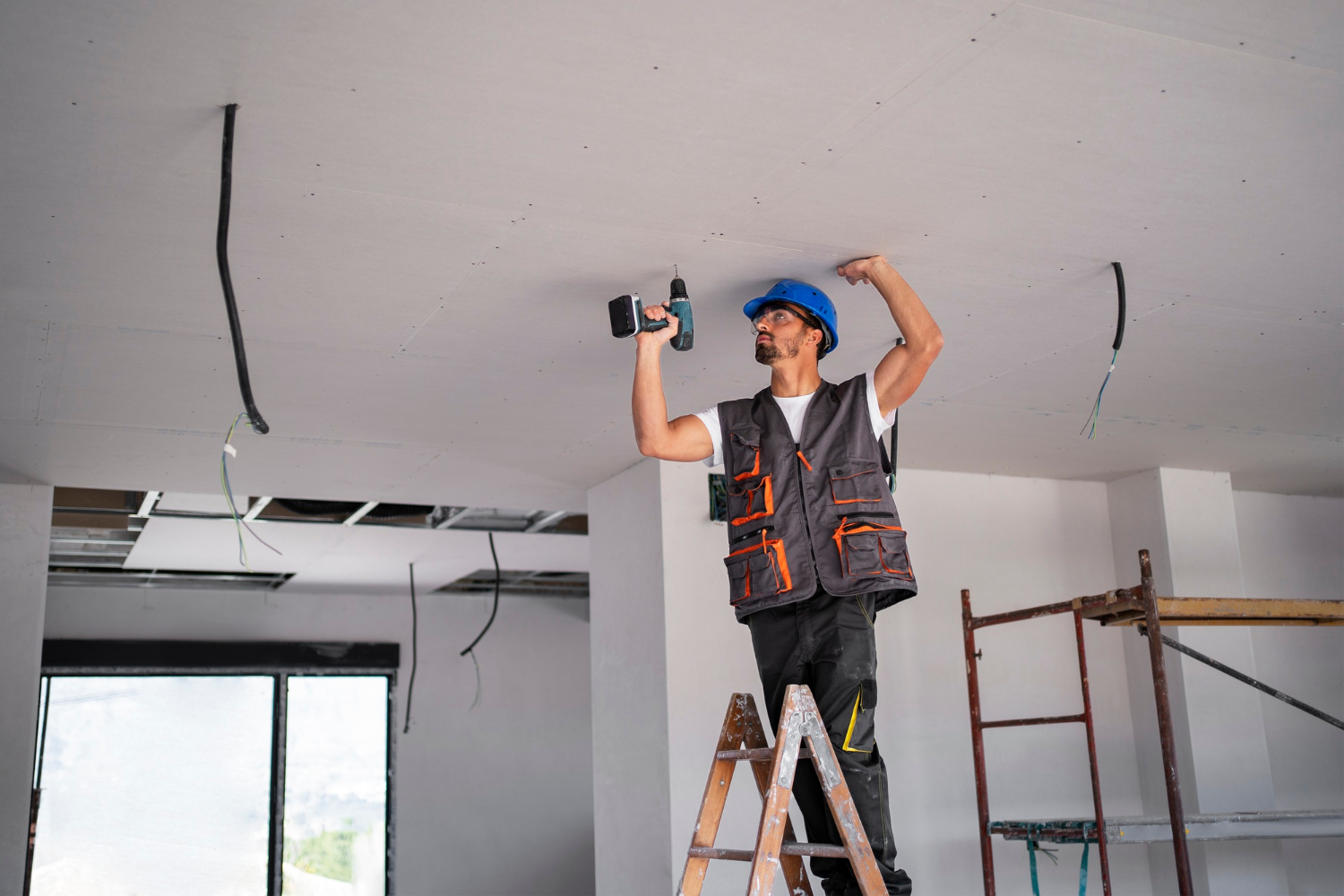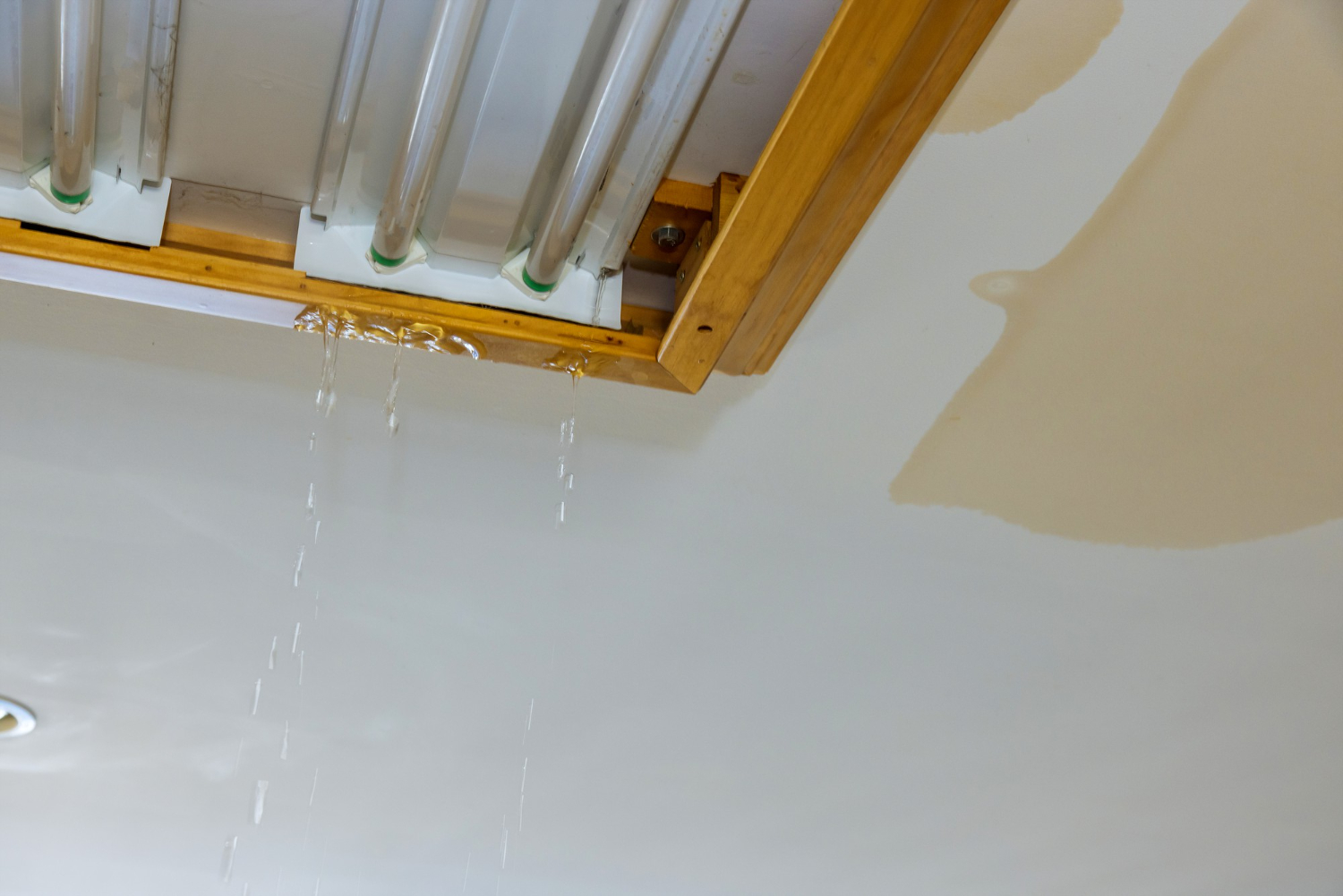Living in Monterey, we’re no strangers to the heavy rains that come with the winter season. While the rainfall is great for our landscape, it can cause significant issues for homeowners if precautions aren’t taken. Water damage can lead to costly repairs and disrupt our daily lives.
Preventing water damage starts with understanding potential problem areas and taking proactive measures. Simple tasks like maintaining your roof, sealing windows and doors, and ensuring proper drainage can make a big difference. By being proactive, you can safeguard your home from water damage, keeping it safe and dry during the rainy season.
In this guide, we’ll explore practical steps you can take to prevent water damage in your Monterey home. Following these tips not only protects your property but also gives you peace of mind, knowing that you’re prepared for the wet months ahead.
Inspect and Maintain Your Roof
Check for Damaged Shingles and Tiles
Your roof is your home’s first line of defense against water damage. Regularly checking for damaged shingles and tiles is crucial. Look for any that are cracked, curled, or missing altogether. Damaged shingles can allow water to seep into the roof structure, leading to leaks and rot. Simple repairs or replacements of these shingles can prevent more significant issues down the line. Perform this inspection at least twice a year and after any major storms.
Inspect Flashing and Sealants
Flashing and sealants around chimneys, vents, and skylights need regular inspection. These areas are prone to leaks if the flashing is loose or the sealant is cracked. Check these vulnerable points for any signs of wear or gaps. Reapply sealant or repair flashing as needed to ensure these areas remain watertight. This small task can save you from big repair bills later.
Clean Gutters and Downspouts Regularly
Clogged gutters and downspouts can cause water to overflow and pool around the foundation of your home. This can lead to foundation cracks and basement flooding. To prevent this, clean your gutters and downspouts at least once a season. Remove leaves, twigs, and any other debris that could block the flow of water. Ensure that downspouts direct water away from the foundation to help protect your home from water damage.
Seal and Protect Vulnerable Areas
Apply Weatherproofing to Doors and Windows
Doors and windows are common entry points for water. Applying weatherproofing can help seal these vulnerable areas. Use weatherstripping to seal gaps around doors and windows. Additionally, check the caulking around window frames and door jambs and reapply as necessary. Weatherproofing not only prevents water intrusion but also helps in energy conservation by keeping drafts out.
Inspect Basement and Crawl Space for Cracks
Basements and crawl spaces are particularly susceptible to water damage. Inspect these areas for any cracks or gaps in the walls and floors. Small cracks can be sealed with waterproofing sealant, while larger cracks may require professional repair. Regularly inspecting and maintaining these areas can help prevent significant water damage and mold growth, which can pose health risks.
Install Proper Insulation and Vapor Barriers
Proper insulation and vapor barriers can protect your home from moisture intrusion. Insulate pipes to prevent condensation and potential bursts during cold weather. Install vapor barriers in crawl spaces and basements to control moisture levels. These barriers help prevent water vapor from the ground from entering your home, reducing the risk of water damage and mold.
By inspecting and maintaining your roof and sealing vulnerable areas of your home, you can significantly reduce the risk of water damage during Monterey’s rainy season. Taking these proactive steps helps protect your home from costly repairs and ensures a safe living environment.
Ensure Proper Drainage Around Your Home
Check for Standing Water Near the Foundation
Standing water near your home’s foundation can lead to severe problems. After the rain, walk around your house and look for pools of water. These pools indicate poor drainage. If you find them, regrade the soil around your home so that water flows away from the foundation. This prevents water from seeping into your basement or crawl space, reducing the risk of structural damage.
Maintain and Extend Downspouts
Downspouts play a significant role in directing rainwater away from your home. Check that your downspouts are clear and free from debris. Ensure they extend at least five feet away from your house. You can attach extensions if they are too short. Properly functioning downspouts will help keep water from pooling near your foundation and protect your basement from flooding.
Install a Sump Pump and Backflow Valve
Installing a sump pump is an effective way to keep your basement dry. A sump pump collects and pumps out water that accumulates in a sump basin, ensuring that your basement remains water-free. Additionally, a backflow valve prevents sewage from backing up into your home during heavy rains. These installations provide an extra layer of protection against water damage.
Equip Your Home with Emergency Tools
Keep a Water Alarm for Early Detection
Early detection is key to preventing extensive water damage. Water alarms are small devices that alert you to the presence of water in areas prone to leaks, such as basements and under sinks. Place water alarms in strategic locations around your home to get early warnings and act quickly to stop leaks.
Have a Wet/Dry Vacuum Ready
A wet/dry vacuum is an essential tool for handling minor water damage incidents. These vacuums can quickly suck up water from floors, carpets, and other surfaces. Having one on hand allows you to respond immediately to small leaks or spills before they turn into larger problems.
Create an Emergency Plan and Kit
Prepare for potential water damage by creating an emergency plan and kit. Your plan should include steps for shutting off the main water valve and the electrical supply to affected areas. Assemble a kit with items like a flashlight, batteries, basic tools, and important contact numbers, including a water damage restoration service. Being prepared ensures you can act swiftly and effectively in an emergency.
Conclusion
Preventing water damage during Monterey’s rainy season requires proactive measures and regular maintenance. By inspecting and maintaining your roof, sealing vulnerable areas, ensuring proper drainage around your home, and equipping yourself with emergency tools, you can protect your property from costly damage.
Water damage can be overwhelming, but taking these steps helps safeguard your home. If you’re dealing with water damage issues or want to prepare better, expert help is available. Contact All Around Home Solutions for professional water damage restoration services in Monterey. We are here to help keep your home safe and dry.


